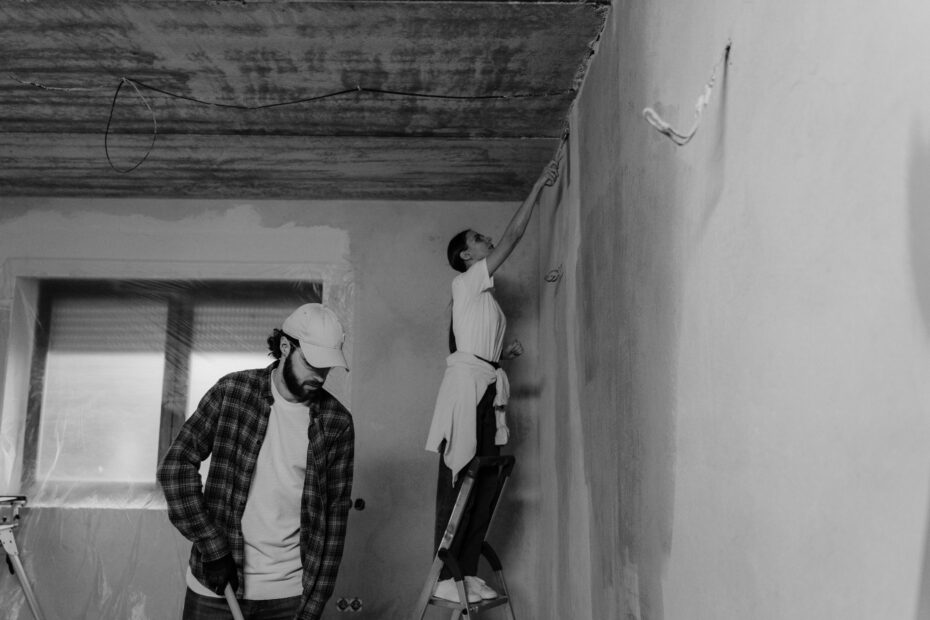Hydraulic ceiling heating is an efficient and discreet heating solution, but it’s essential to choose it carefully to get the best out of it. Various criteria need to be taken into account, such as room size, energy source and ceiling materials. In this article, we provide step-by-step guidance to help you select the right hydraulic heating ceiling for your project, and guarantee a successful installation.
Selection criteria
To choose the right hydraulic heating ceiling, it’s crucial to take several criteria into account. Room size is one of the most important. The larger the space to be heated, the greater the heating capacity required. For large spaces, it may be necessary to distribute several panels for even thermal coverage.
The type of energy source is also important. Hydraulic heating ceilings generally work with a boiler or a heat pump. If you want to reduce your ecological footprint, a heat pump is an excellent choice, as it allows you to use renewable energies. On the other hand, a boiler may be sufficient for smaller spaces.
Size and power to suit your needs
The output of a hydraulic heating ceiling must correspond to the thermal needs of your space. For optimum comfort, we recommend calculating wattage on the basis of room volume, insulation and average outdoor temperatures in the region. Generally speaking, for a well-insulated space, an output of 50 to 100 watts per square meter is adequate.
The dimensions of the heating panels must also be taken into account. Some models are modular and can be adapted to different configurations, which is particularly useful for rooms with atypical shapes. Choosing the right panel size and wattage will ensure efficient, even heat distribution.
Tips for making the right choice
Before installing a hydraulic heating ceiling, we recommend you consult a professional to assess the specifics of your space and determine the most efficient configuration. Room insulation is essential: good insulation conserves heat and optimizes the system’s efficiency.
What’s more, the choice of ceiling covering can influence the performance of your heating system. Some materials, like plaster, diffuse heat well, while others can limit its radiation. So it’s best to choose a ceiling covering that’s compatible with your ceiling heating system. Finally, make sure you choose a model with a solid warranty and responsive customer service to facilitate maintenance.
With these tips, you’re ready to choose the ideal hydraulic ceiling heating system for your project. The right choice of heating system will bring you comfort, energy savings and long-term satisfaction.

